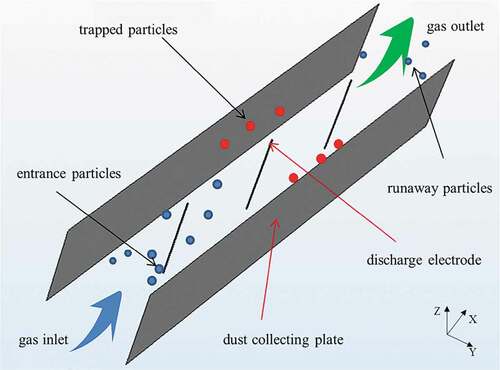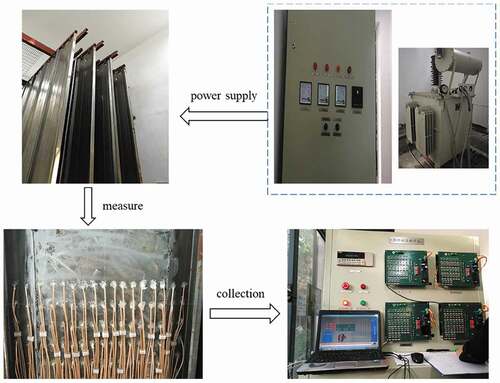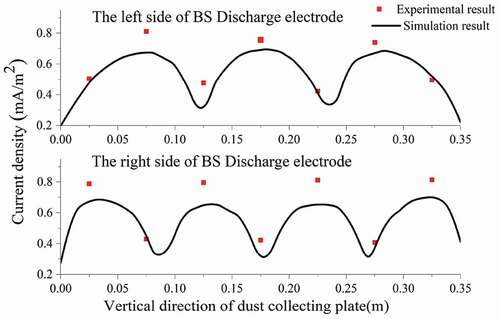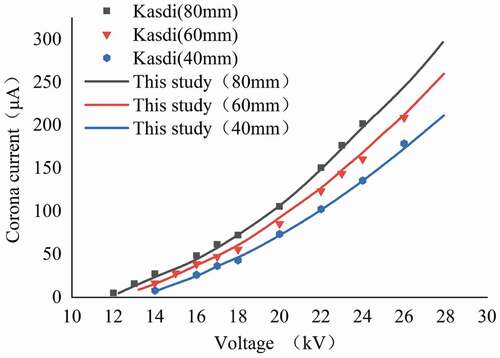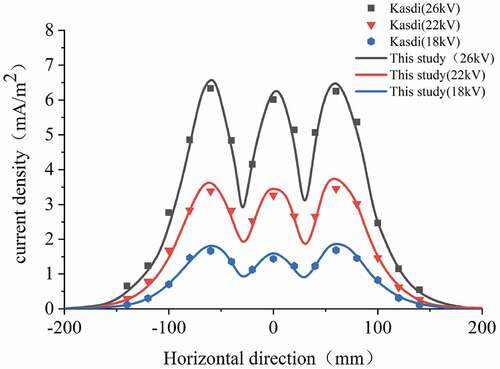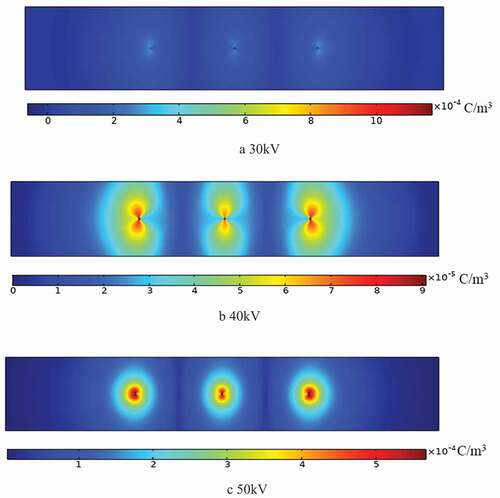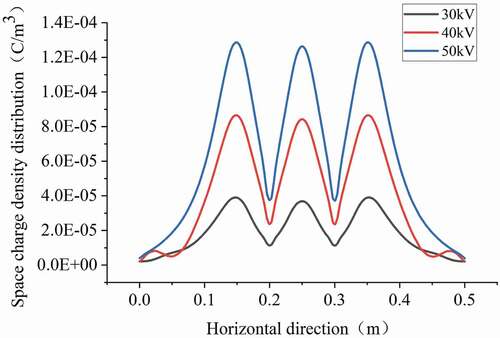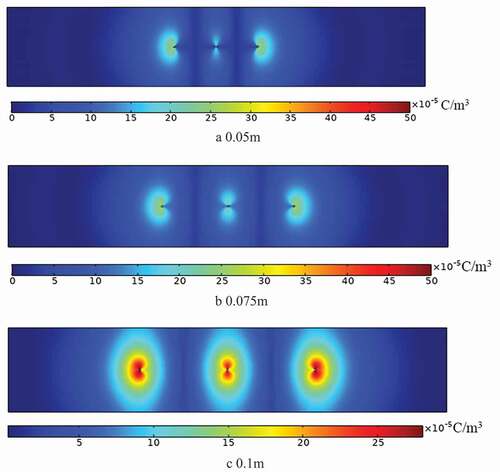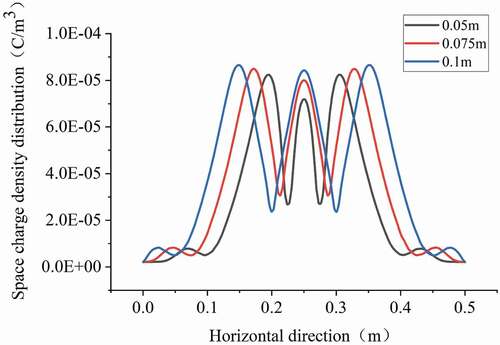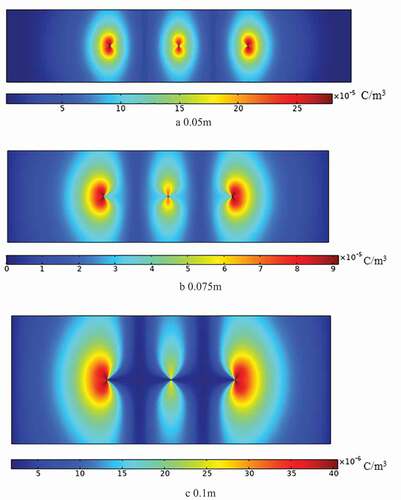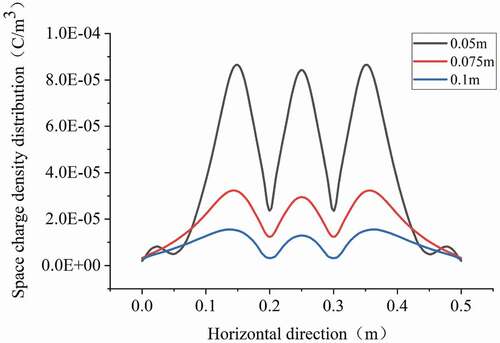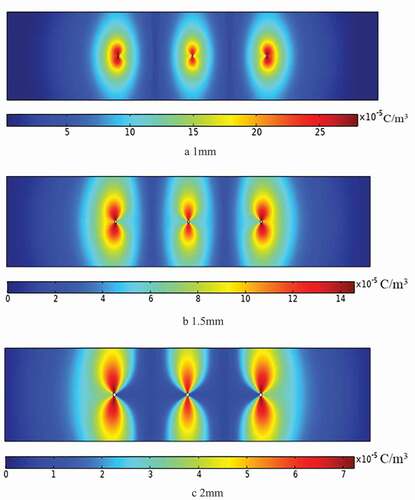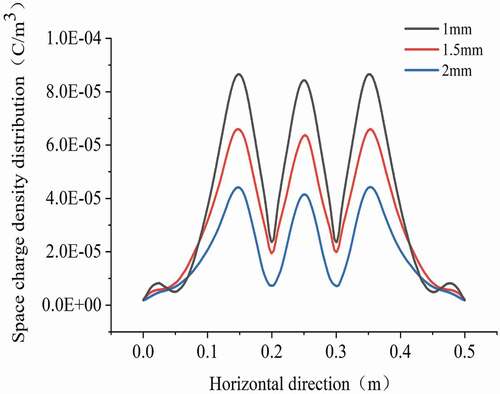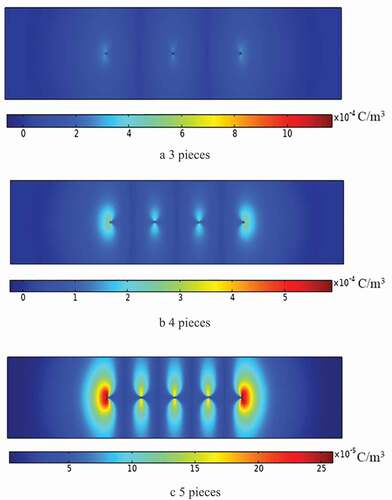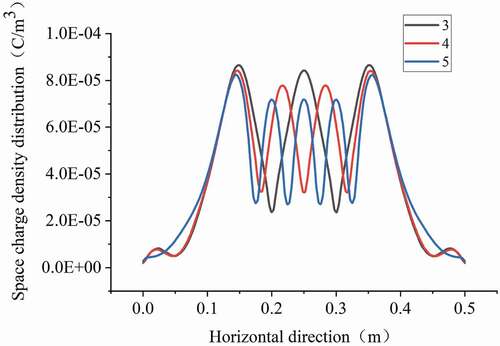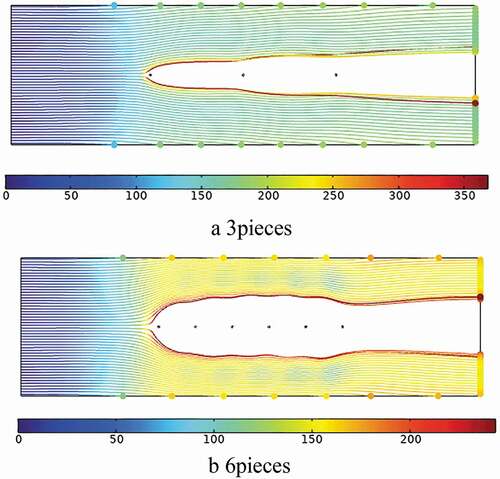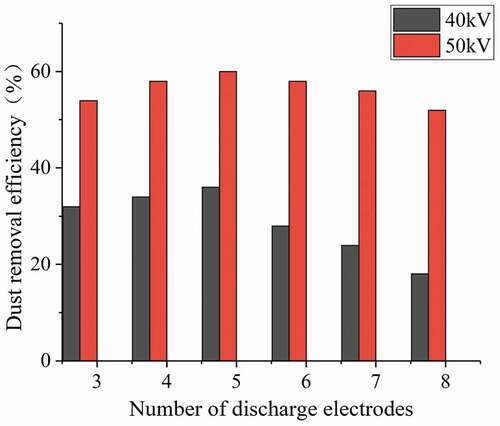Figures & data
Table 1. Governing equation
Table 2. Boundary conditions
Table 3. Main parameters of ESP
Figure 2. Schematic diagram of the grid map of the computational domain and the grid map around the discharge electrode line.

Table 4. Electrostatic shielding degree under different voltages
Table 5. Electrostatic shielding degree under three wire-to-wire distances
Table 6. Electrostatic shielding degree under three wire-to-plate distances
Table 7. Electrostatic shielding degree under different discharge electrode radius
Table 8. Electrostatic shielding degree under different number of discharge electrodes
Table 9. The level table that affects the degree of electrostatic shielding
Table 10. Orthogonal test analysis
Data availability statement
Available on request (https://doi.org/ 10.1080/10962247.2021.2017374).

